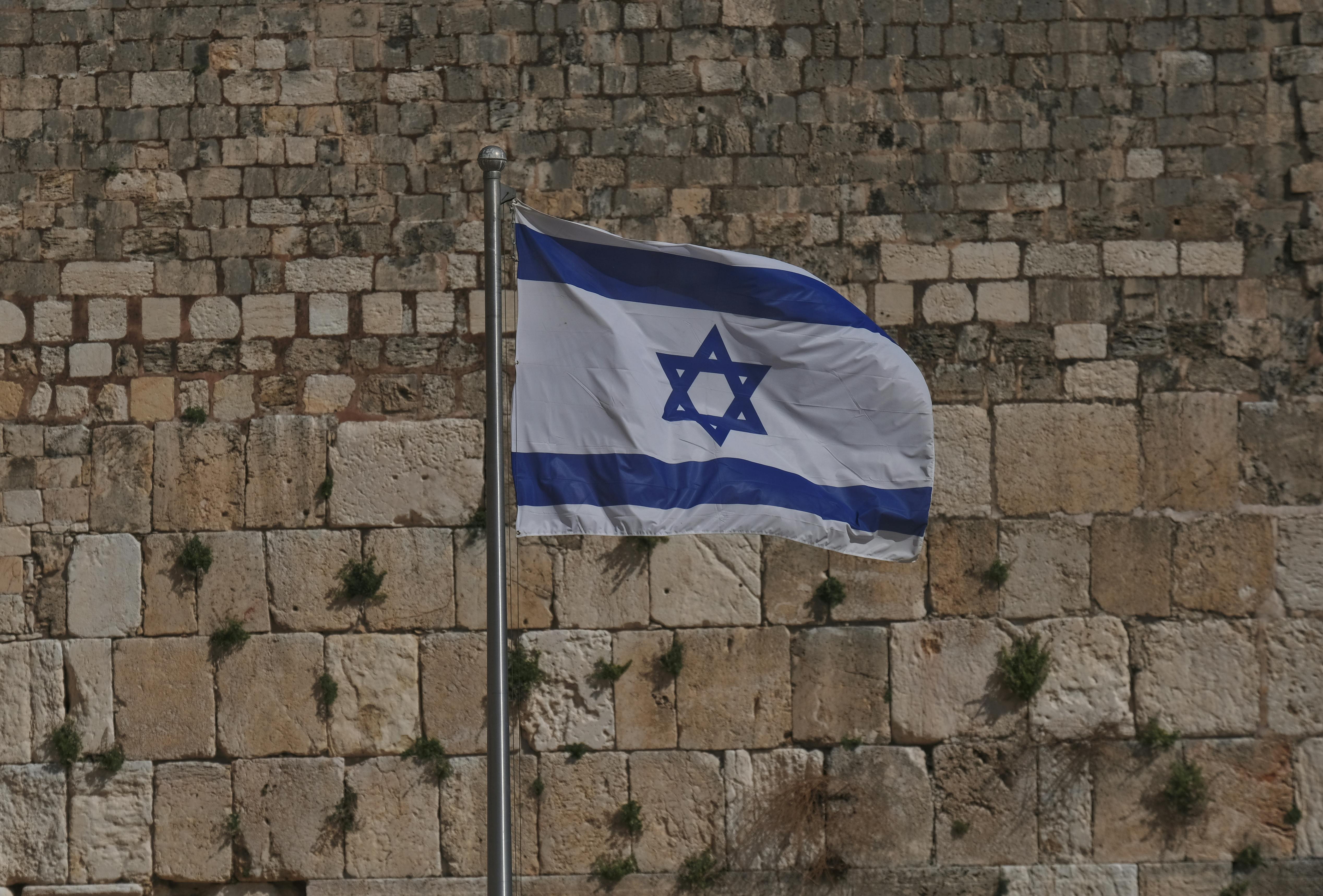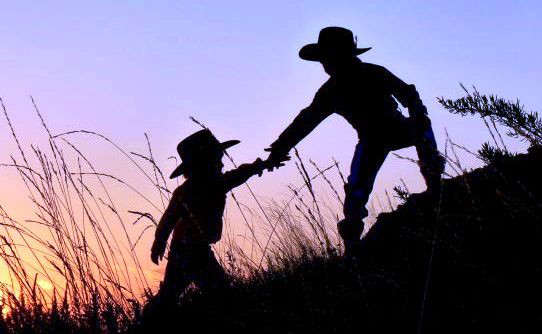June 10, 2025|י"ד סיון ה' אלפים תשפ"ה Bamidbar 5785 - L'negdi
Print ArticleSomeone once saw R' Aryeh Levin, often referred to as “the tzaddik of yerushalayim” in the street and asked him, "Rabbi, is it true what they say about you, that you are one of the lamed-vav tzaddikim, one of the 36 righteous people in the world?" R' Aryeh responded, "Sometimes I am, but sometimes I'm not."
Parshas Bamidbar tells us mainly about two concepts: The census of Bnei Yisrael and the order of the encampment of Am Yisrael around the Mishkan. And as the Torah introduces this second concept, the ENCAMPMENT, it tells us the following:
(ב) אִישׁ עַל דִּגְלוֹ בְאֹתֹת לְבֵית אֲבֹתָם יַחֲנוּ בְּנֵי יִשְׂרָאֵל מִנֶּגֶד סָבִיב לְאֹהֶל מוֹעֵד יַחֲנוּ:
The Jewish People will camp, each person according to his banner/flag, according to his father’s house, at a distance, surrounding the mishkan.
I want to discuss the phrase at the END of the pasuk, MINEGED SAVIV L’Ohel Moed Yachanu, that the people camped MINEGED, ACROSS FROM, or AT A DISTANCE from the Mishkan and ALSO SAVIV, around it.
Rashbam & Ibn Ezra both explain, offering the simplest explanation: Yes, on the one hand, the Shevatim camped Mineged, at a distance from the Mishkan. At the same time, they camped Misaviv, surrounding it on all sides. The Baal HaTurim writes that the gematria of Mineged Saviv LaOhel is L’Alpayim Ama, 2000 Amos, the distance between the camp and the Mishkan itself.
I want to share with you a very thoughtful approach to this phrase from Rabbi Alex Israel. Rabbi Israel is a rebbi at Yeshivat Eretz HaTzvi and Midreshet Lindenbaum.Rabbi Israel notes that the two words, MINEGED & SAVIV, provide dramatically different, contrasting orientations vis-à-vis the Mishkan.
“The word MINEGED, opposite, indicates a pulling away, a clash, a REPULSION. Being MINEGED indicates opposition, friction, or tension. A distancing force.” On the other hand, “the word SAVIV… means surrounding, encircling, gathering round. In fact, in physics we know that “in a circular motion the pull is always to the CENTER. SAVIV means an inwards, magnetic pull, a centripetal force which attracts one to the center of the circle.” And of course, what is in the middle of that circle? The Mishkan.
If this is true, it would seem that SAVIV tells one story, while MINEGED tells an entirely different one.
MINEGED describes the Nation, for whatever reason, finding themselves feeling a desire to be distant from the Mishkan. It describes a tension and a desire to pull away. SAVIV describes a People who feel this magnetic connection, this burning desire to be pulled in close to the Mishkan.
But why does the Torah describe these two opposite forces, this dueling relationship between Am Yisrael and the Mishkan? Why would Hashem describe our relationship with the Mishkan as one of BOTH SAVIV & MINEGED, attraction and distance?
Rabbi Israel argues that perhaps this description of how the people were to camp around the Mishkan was meant to be reflective of the dialectic so many people experience in their religious lives. There are times in life when we are SOARING. We experienced a meaningful tefillah, a shiur that really inspired us, we visit Eretz Yisrael and feel this incredible connection, this sense that I want more for my life. We’re feeling SAVIV. And then there are times when we feel distant. Mitzvos become monotonous, davening feels the same every day, and that fire and passion just isn’t there in the same way. We’re feeling MINEGED.
And so, comes Hashem to tell Am Yisrael that as you will camp around the Mishkan, know that you will camp MINEGED SAVIV. Yes, you will SURROUND the Mishkan in a way that reflects the joy, passion, and excitement you will hopefully feel MOST of the time, of being PULLED IN by the force of its beauty and ability to infuse your life with meaning.
But you will also camp MINEGED. You won’t be 5 feet from the entrance of the Mishkan, you’ll be about a ½ mile away. Why? As a reminder that even if you feel distant, even when you feel less connected, know that you are still part of the camp, and know that those moments are ALSO part of your Avodas Hashem. Know that BOTH SAVIV and MINEGED are part of the normal flow of a relationship with Hashem. Know that we can even feel both feelings at the SAME TIME and still be camped around the Mishkan.
Rebbe Nachman of Breslov talks about a concept in Chassidus known as Ratzo V’Shov. When things are exciting and we’re feeling success, we are RATZO, going out with passion. And then there are times when our passion ebbs, we’re feeling more distant, this is called Shov, when one comes backward a little. And writes Rebbe Nachman, a person needs to be a BAKI, to be an expert, in managing BOTH.
When we’re feeling good, we need to CAPITALIZE and make the most of those moments. And when we’re struggling a little, those are the moments to strengthen ourselves not to let go completely, not to give in, but to keep pushing along. Because if we stick it out during the moments of SHOV, during the MINEGED, then we’ll still be standing when it comes time for the RATZO, for the moments of SAVIV.
But it goes even further than that. Because the truth is that our moments of MINEGED are not just times to hunker down and make it through. They can be the moments of our most meaningful growth. The pasuk says in Tehillim: “Shevisi Hashem L’NEGDI TAMID”. Typically, and appropriately, we translate this to mean that I should keep my awareness of Hashem’s presence constantly in front of me eyes.
The Tosher Rebbe gives a different pshat. He says so beautifully that when we want to grow, to come close to Hashem, it requires going L’NEGDI, against my natural inclination. It is those times that we are willing to work through challenges, to push ourselves through that we find the greatest growth. When is SHEVISI HASHEM? When can I come the CLOSEST to Hashem? L’NEGDI, when I fight through whatever is trying to overtake me, and I make a choice, a decision to power through.
The way Am Yisrael camped in the desert was meant to serve as a reminder that it is normal to experience the Ratzo V’Shov of life, the ebbs and flows, the SAVIV & the MINEGED. To know that each piece is part of our journey, and that sometimes it is our very struggle that can be our greatest opportunity for growth.




